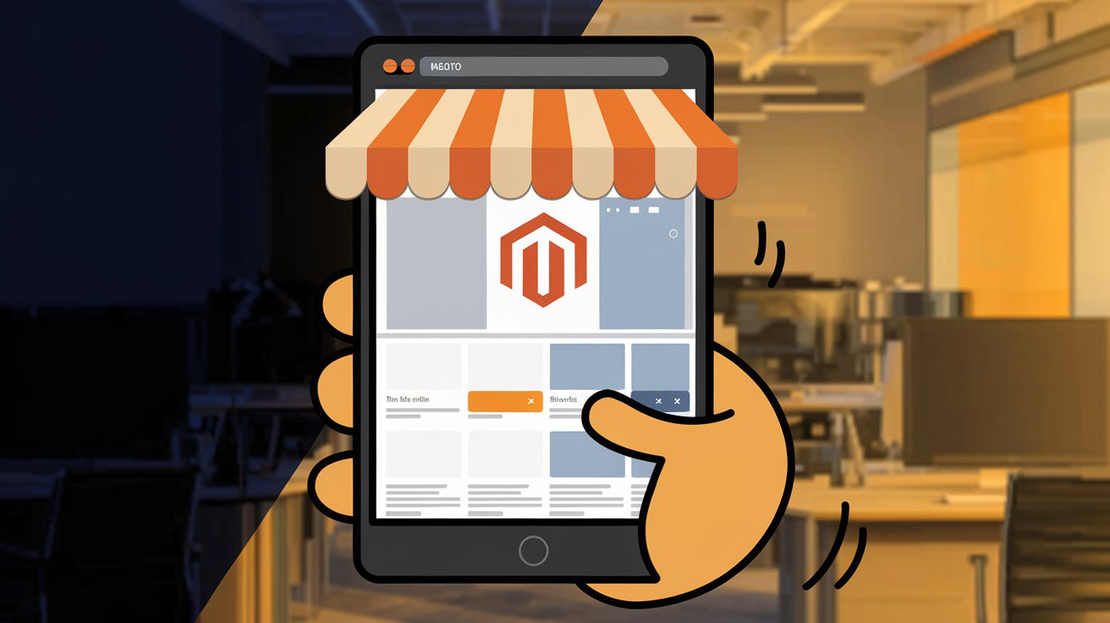
Master the Art of Online Store Launch: A Step-by-Step Guide
- Marta Kaczor
- E commerce , Online store , Technology , Business
- December 1, 2024
Table of Contents
Starting an online store can seem daunting, but with the right guidance, it’s completely achievable. This article breaks down the process into manageable steps, covering critical aspects such as choosing a niche, setting up your website, selecting a payment processor, and implementing effective marketing strategies. You’ll also learn about essential tools that can streamline operations and enhance customer experience. By the end, you’ll be equipped with the knowledge needed to launch a successful e-commerce business and take your first steps toward financial independence.
Introduction: Overcoming the Challenges of Starting an Online Store
Starting an online store is an exciting adventure, and it can be surprisingly affordable. With a budget of just around $100, you can cover essential expenses like:
- Domain registration
- Hosting
This low barrier to entry encourages many to jump in and bring their business ideas to life.
However, it’s important to keep your expectations realistic. Research shows that it usually takes about 18 to 24 months for an e-commerce business to find its rhythm and achieve sustainable growth. During this time, you’ll likely face challenges such as:
- Building a customer base
- Optimizing your website
- Refining your marketing strategies
For instance, a small boutique selling handmade jewelry might initially struggle to attract customers. But with persistence and a strong focus on marketing—like social media campaigns and search engine optimization—it can gradually grow its audience and boost its revenue.
Understanding this timeline is crucial for developing a strategic approach that keeps you committed to your vision, even when you encounter bumps along the way. Embracing the journey while staying flexible is key to overcoming the challenges of launching an online store and ultimately finding success.
Choosing Your Niche: Identifying Profit Potential and Target Audience
Choosing a niche can really boost your sales by helping you connect with specific customer interests.
When you concentrate on a particular market segment, you can customize your products and marketing to better serve that audience’s unique needs.
For instance, a store that focuses on eco-friendly home goods can attract consumers who care about the environment and are willing to spend more on sustainable options.
To enhance customer satisfaction, make sure your products can be accessed within three clicks.
This streamlined navigation improves user experience and lowers the chances of cart abandonment.
Think about an online bookshop where genres are clearly organized; customers can quickly find their favorite titles, leading to higher conversions and repeat visits.
By carefully selecting your niche and optimizing navigation, you set the stage for a successful e-commerce business.
Setting Up Your Website: Essential Features and User Experience Best Practices
In today’s digital world, having a mobile-responsive website is a must. With 53% of mobile users leaving sites that take longer than three seconds to load, a quick and flexible design is key.
Take a clothing retailer that optimizes its site for mobile devices. By doing this, they not only keep potential customers but also see a significant rise in conversion rates.
It’s also important to implement SSL certificates to build trust. A surprising 84% of consumers steer clear of shopping on sites that don’t have this security feature.
For example, a gourmet food store that highlights its SSL certification can offer customers peace of mind, which often leads to increased sales as shoppers feel secure during checkout.
By focusing on these aspects, you enhance the user experience, attract visitors, and foster loyalty and repeat business.
Effective Marketing Strategies to Boost Your Online Store
Harnessing the power of social media can really boost your online store’s visibility. Statistics show that 73% of marketers find social media marketing effective, making it an essential tool for engagement. Take, for instance, a local artisan bakery that shares delicious images of its treats on Instagram. This visual allure not only draws in followers but also turns them into loyal customers eager to visit the shop or place orders online.
Email campaigns offer another fantastic opportunity, delivering an impressive average return on investment of $42 for every $1 spent. By creating engaging newsletters and promotions, you can keep your audience informed and excited about new products. Consider running a seasonal email campaign with exclusive discounts to entice past customers to return, boosting sales during peak times.
Implementing marketing automation tools can help streamline your efforts and potentially increase lead conversion rates by up to 10%. For example, using automated workflows for personalized follow-ups can ensure you don’t miss any opportunities, turning casual browsers into dedicated buyers.
Lastly, focusing on SEO strategies is vital, as 61% of marketers aim to improve their organic presence. A local crafts store that optimizes its site for relevant keywords can attract traffic from search engines, enhancing visibility without the ongoing costs of paid ads. By investing in high-quality content and effective keywords, you can build a strong online presence that continuously draws in new customers.
Summary
Launching an online store is an enticing endeavor, particularly with a minimal initial investment. However, while barriers to entry are low, one must approach this journey with realistic expectations. E-commerce growth typically unfolds over 18 to 24 months, during which building a customer base and refining marketing strategies are critical.
Choosing a niche can significantly enhance sales by tailoring offerings to specific consumer interests, while an intuitive website navigation can reduce cart abandonment. In a landscape where mobile responsiveness is non-negotiable, neglecting site speed and security can deter potential customers.
Moreover, leveraging social media and email campaigns can amplify visibility and engagement. The efficacy of marketing automation and SEO strategies cannot be overstated, as they empower businesses to reach broader audiences without incurring hefty costs. Reflecting on these insights, what innovative approaches can you implement to not only survive but thrive in this competitive space?


